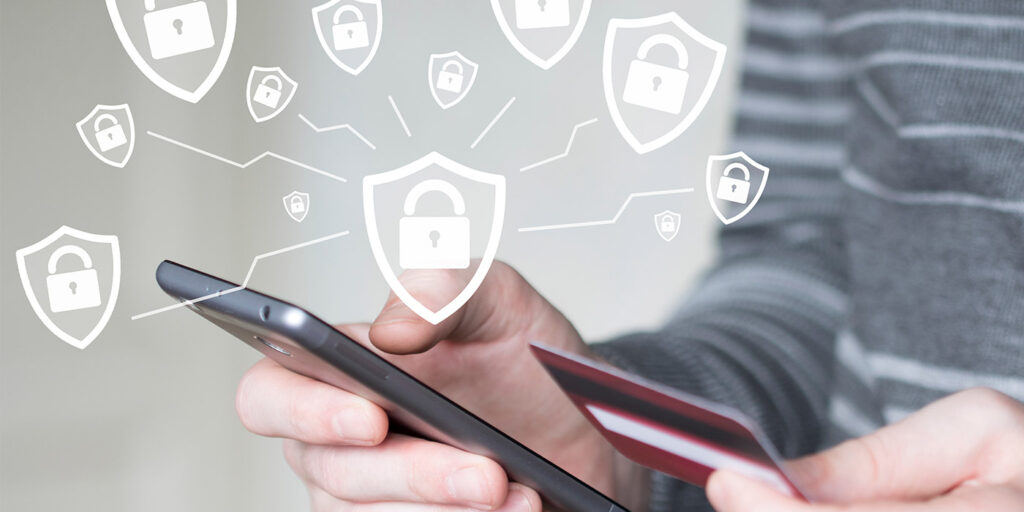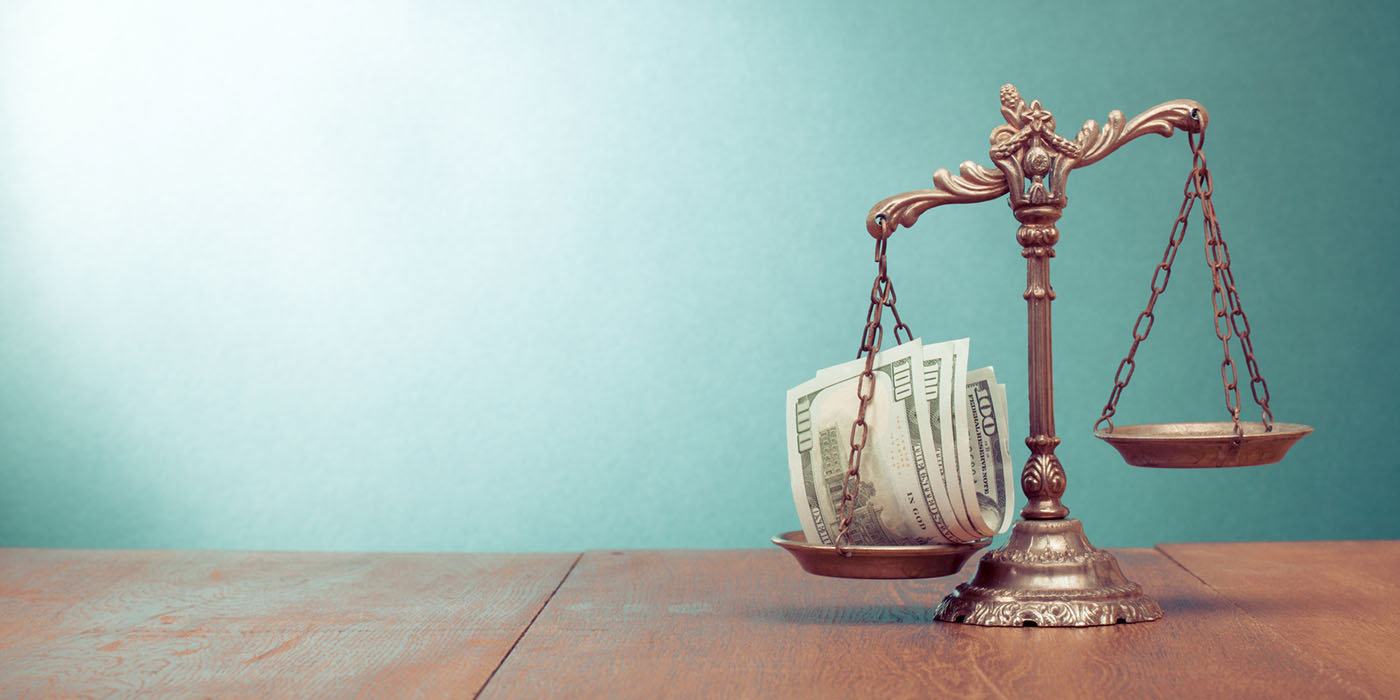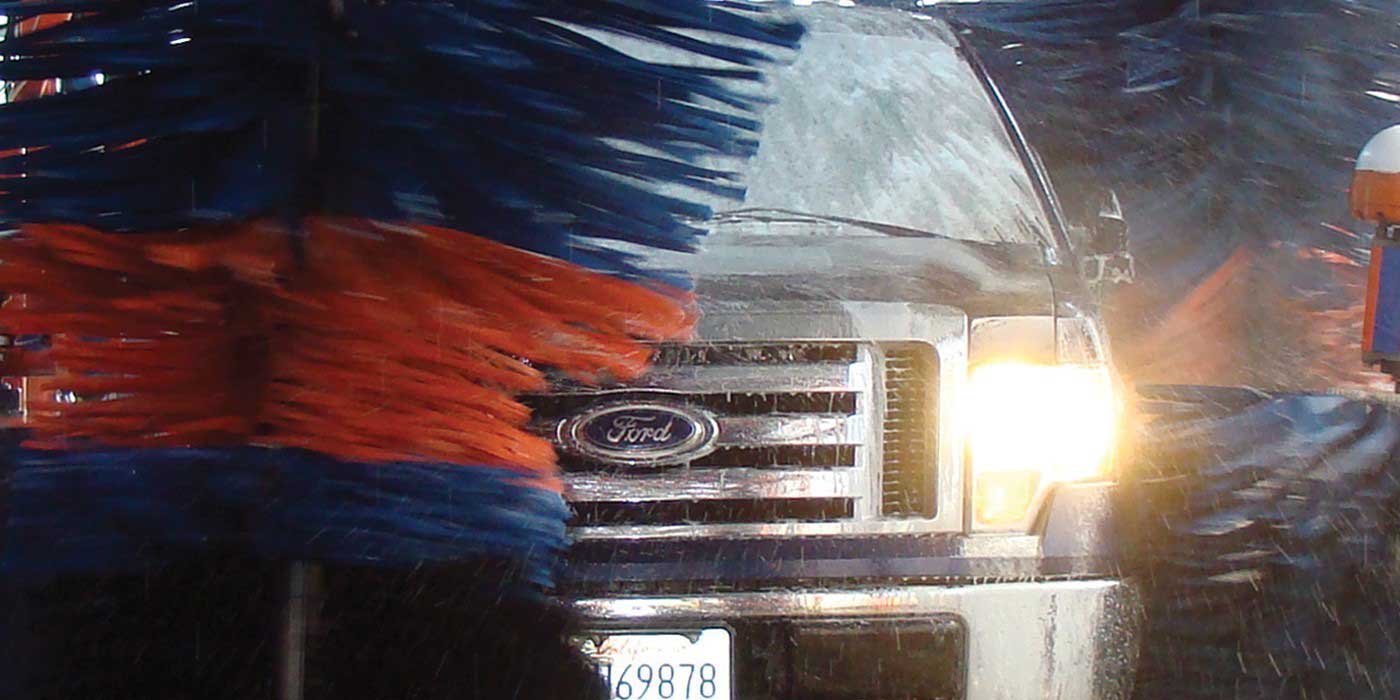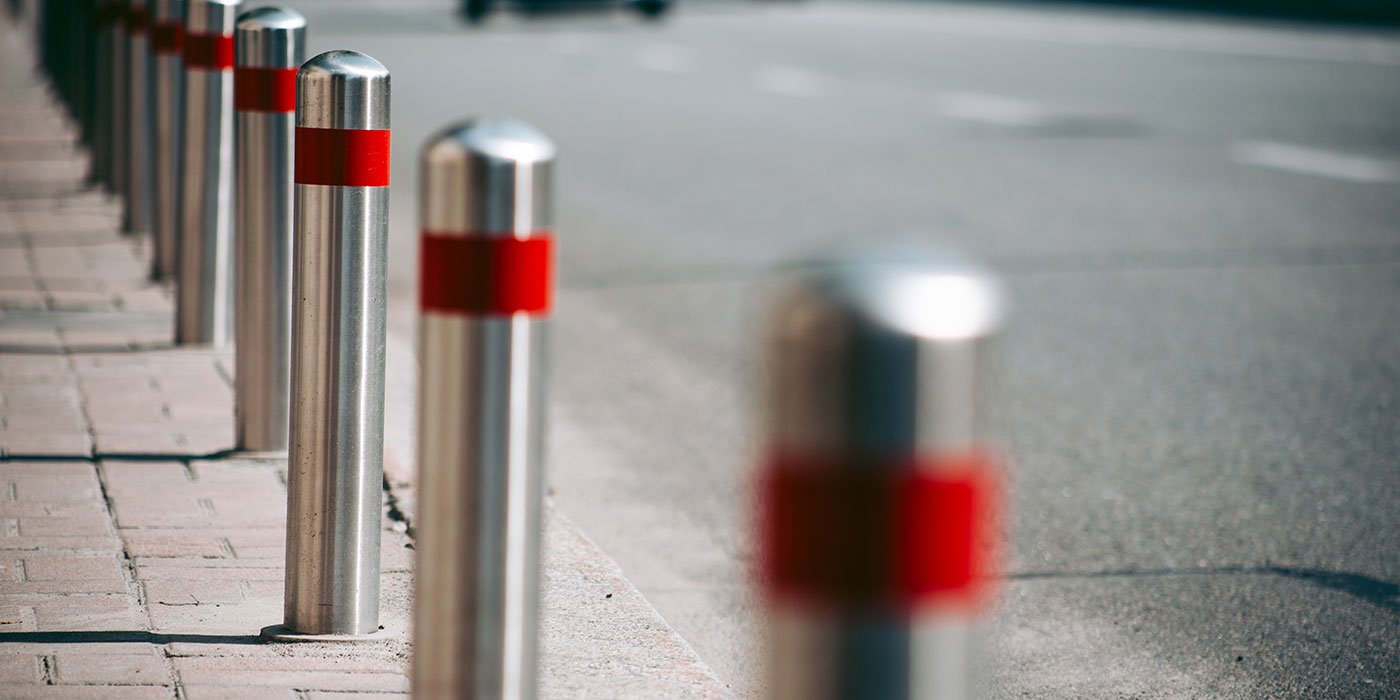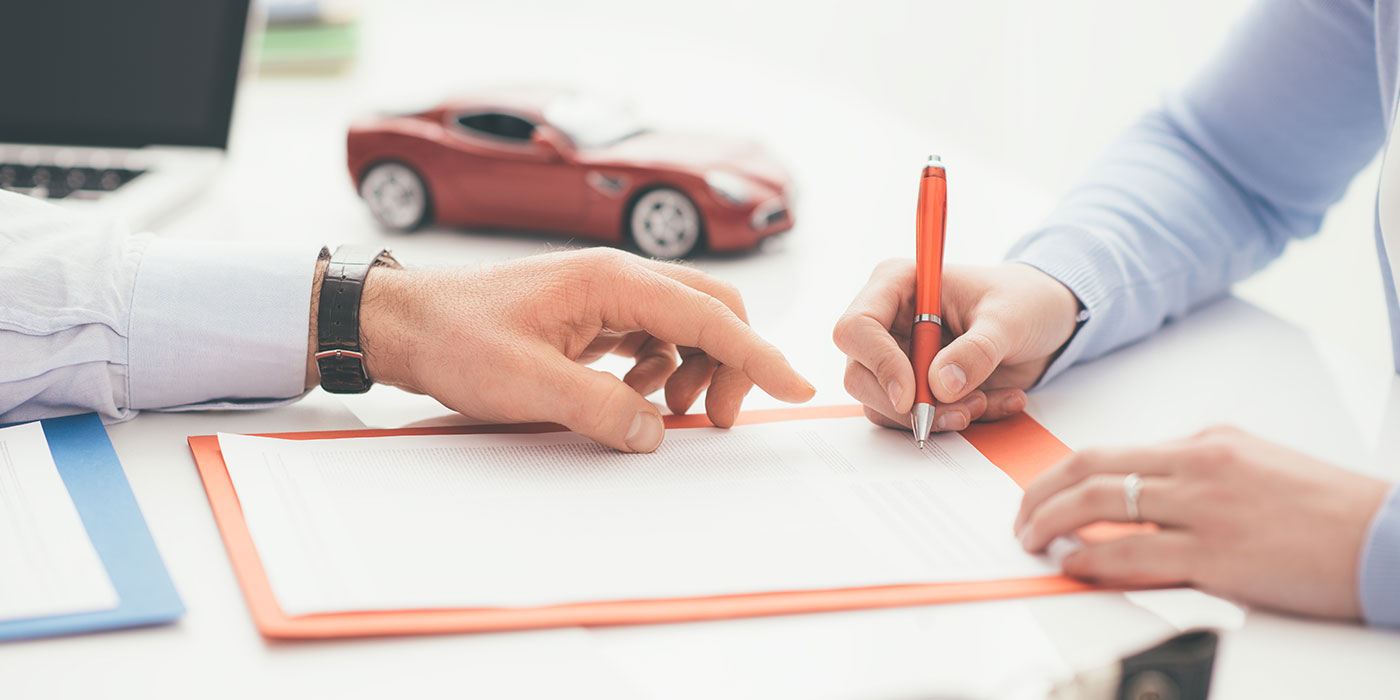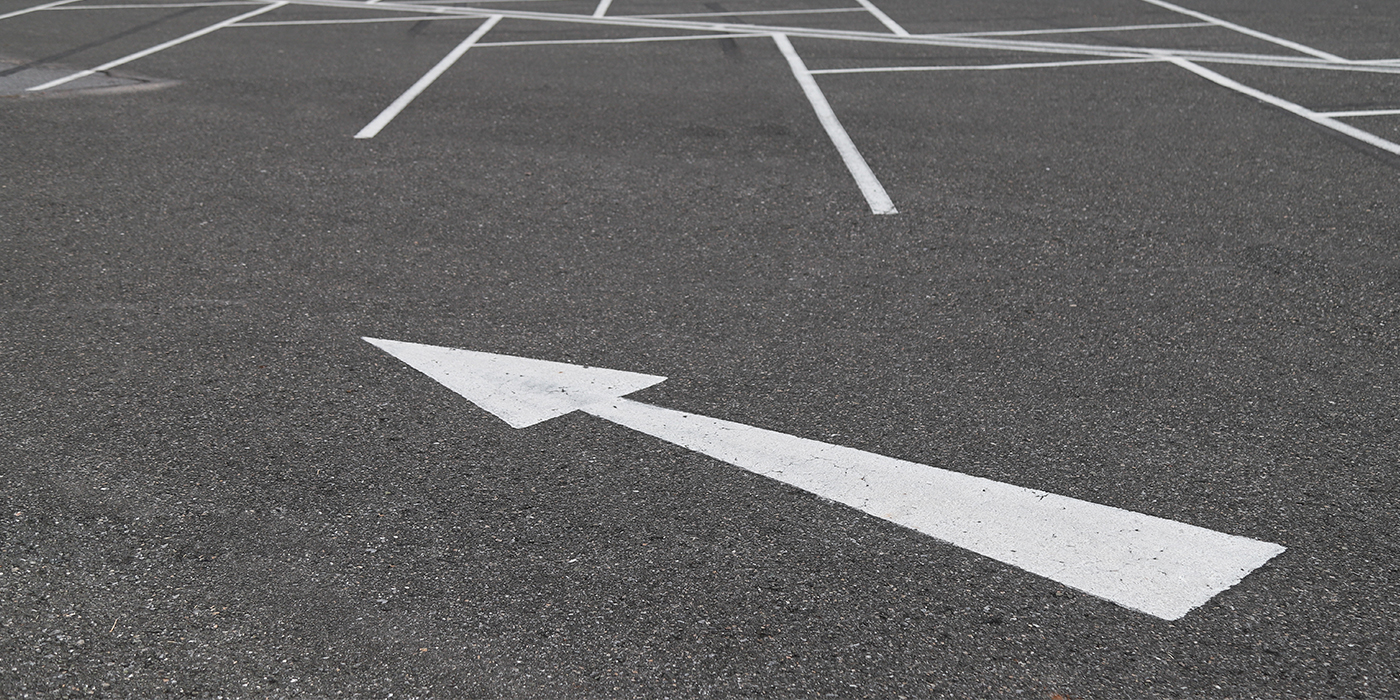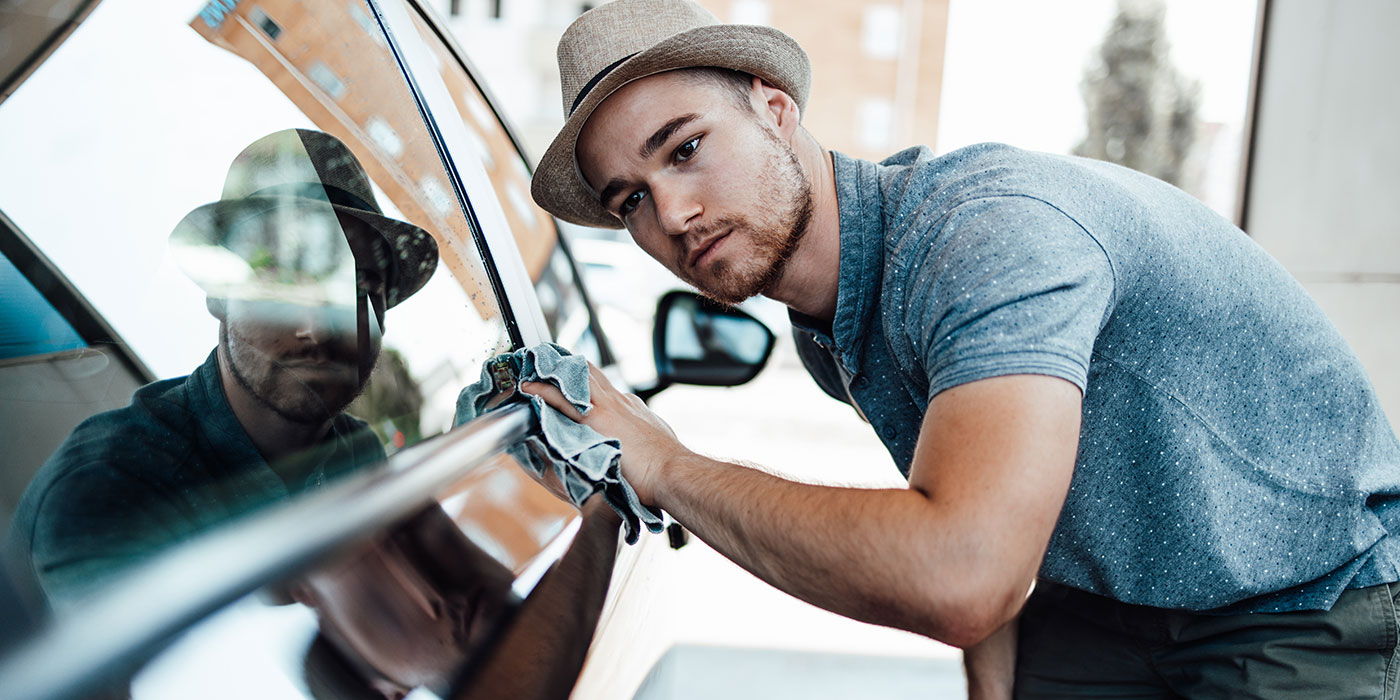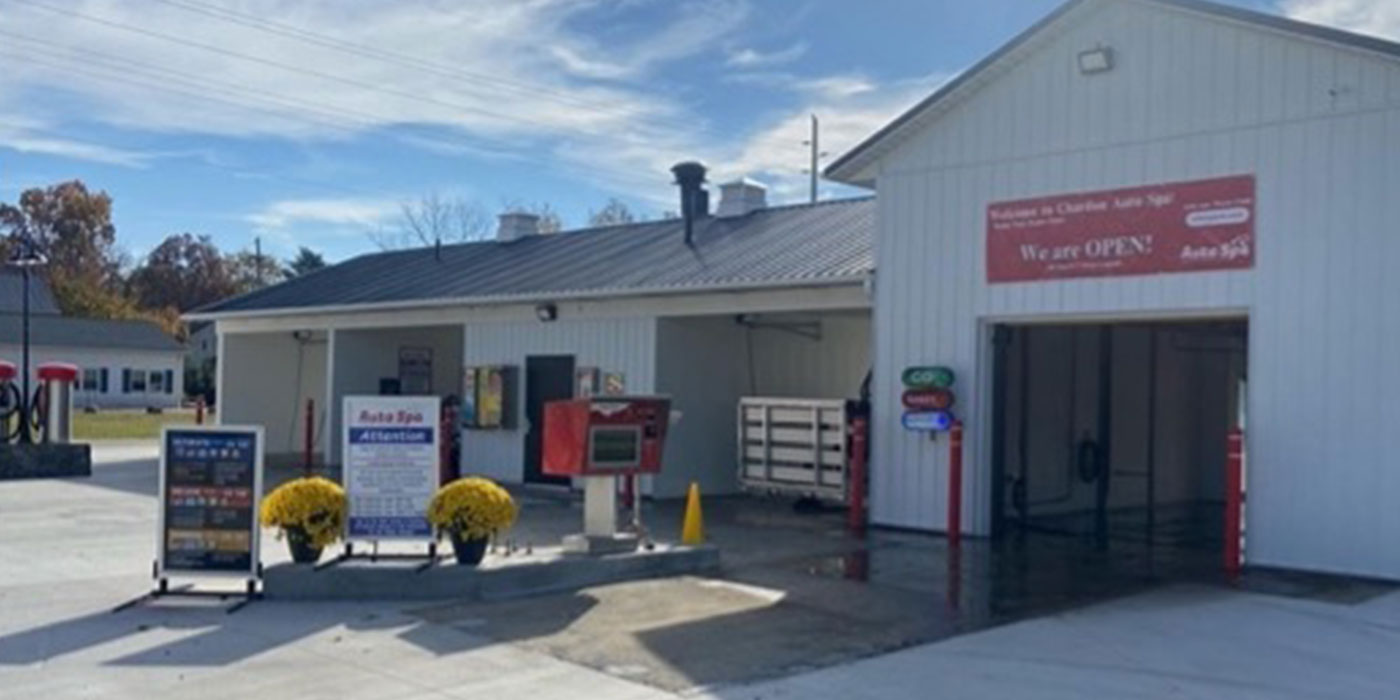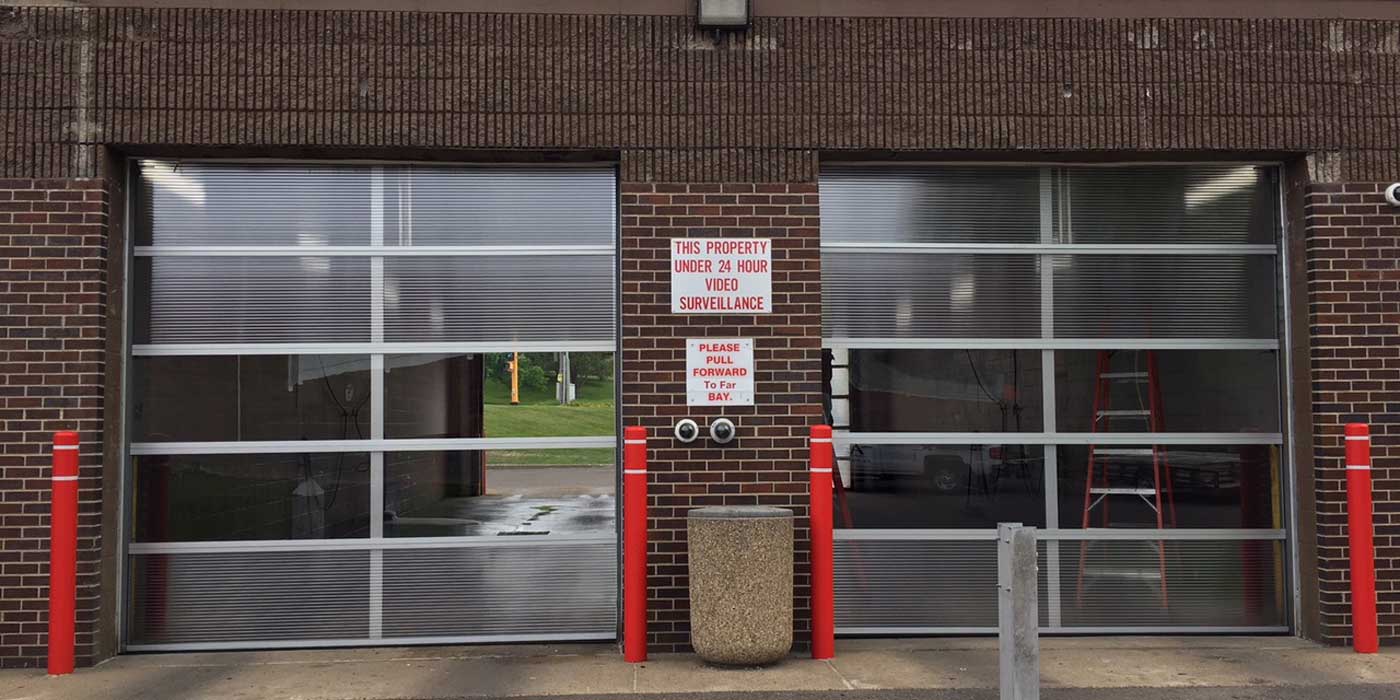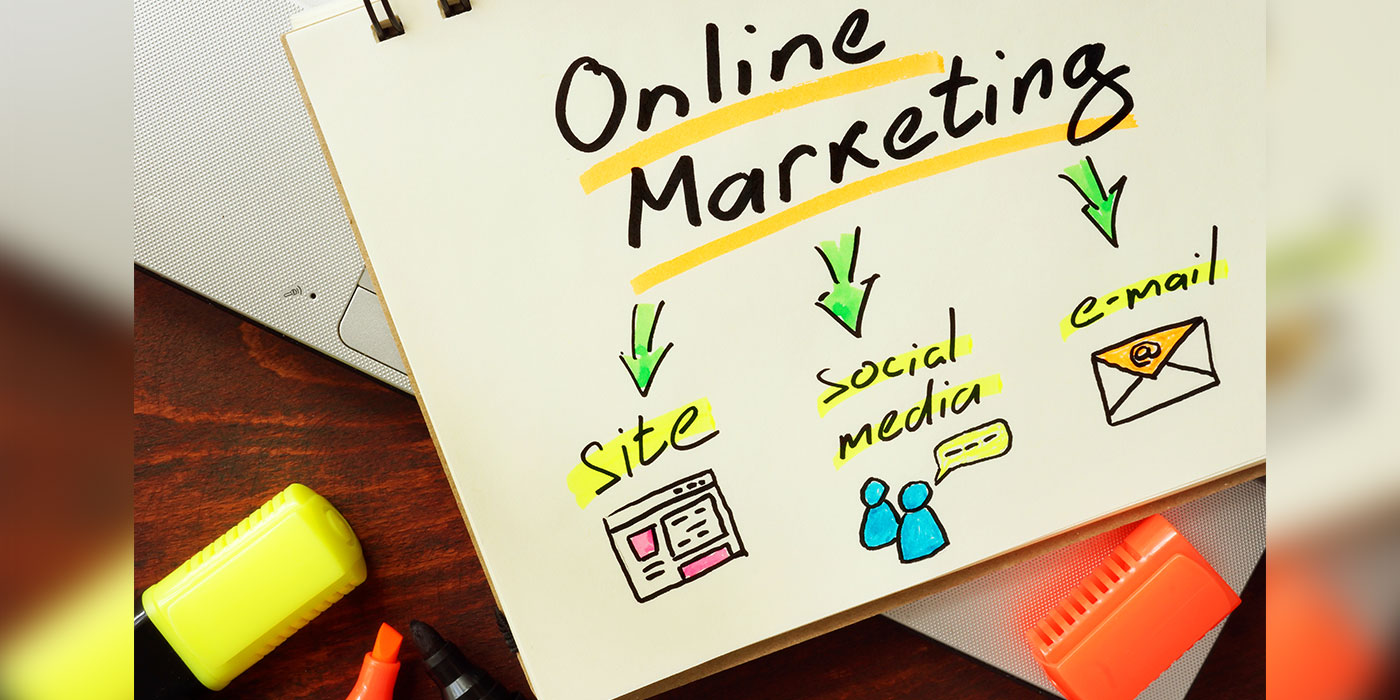You want to use your credit card as much as possible since it earns you some pretty awesome rewards, points, cash back and perks — especially at carwashes, right?1 We get it.
But are you taking the proper precautions to make sure you’re keeping this valuable piece of plastic safe? And that it’s keeping you safe?
Whether you’re getting your car washed, truck detailed, ordering new tires online or paying for gas on a family road trip, protecting your credit card information is essential.
Here are a few tips for keeping you, your card and your family safe.
1. Tap or insert your card whenever possible
When a point-of-sale (POS) system gets hacked, it’s called “skimming,” and there are several ways the thieves accomplish this. Sometimes they use a type of universal key to open the machine and embed a device that tracks the card numbers. Other times they use a tiny camera to record shoppers’ pins.
Although repair centers, dealerships, carwash locations and most businesses do their best to avoid these situations and extensively train employees on how to use POS systems without compromising data, these things still happen.
If you’re tapping or inserting your credit card, it’s less likely that your information can be tracked.2 These methods use a wireless, secure connection and a one-time code to share encrypted information, whereas swiping the card sends all your account details through at once. Plus, tapping means that you don’t have to enter a pin at all.
Also, don’t use POS systems in deserted or badly lit areas, like rural gas stations with pay-at-the-pump options or ATM machines in dark areas of a corner store. Instead, pay the cashier or use an ATM in a location with good lighting and security cameras.
2. Keep the receipts
After a carwash, trip to the grocery store, stop at the bank, etc., we all tend to shove our receipts in our pockets, purse, car cupholder, shopping bag or wherever happens to be convenient.
Once we’re back home, if we haven’t already lost or forgotten where we put them, the receipts are usually dropped into the trash or recycle bin.
The problem is scammers can get our credit card info (as well as other personal information) by combing through our garbage. A receipt doesn’t list the pin you typed in when you paid with your credit card, but it does contain enough information for the bad guys to work with, especially if there are multiple receipts, bank statements or other documents in the trash as well.
If you need to keep your receipts for records or any other reason, keep them in a safe place. Once you’re done with them, or if you don’t need them at all, send them through a shredder.
You don’t even have to buy your own shredder, as many offices, banks and professional establishments have drop-off boxes for secure shredding. Plus, most Staples, UPS, FedEx and Office Depot stores offer on-site shredding services.
3. Sign your card
Some people believe that signing the back of their credit card makes them more vulnerable to fraud. They worry that if their card is lost or stolen, someone else can study their signature and forge it.
And yes, this is a possibility. But while a stranger could replicate your signature when you’re signing a receipt in front of a cashier or staff member, it’ll stand out if you ever have to dispute any transactions. Realistically, however, your signature can be found in many, many places, so worrying about having it on your card is unnecessary.
As soon as you get a new credit card, you should sign the back of it. This is important for a few reasons.
Your signature here indicates that you’ve agreed to the terms and conditions set by the credit card company … you want to make sure you’re covered here. Also, it provides something for cashiers or others to check and verify who’s using the card.
4. Beware of public Wi-Fi
Maybe you’re waiting as your new car gets washed and waxed, or you’re sipping coffee while your kids are at their gymnastics class, and you decide to order those items from Amazon as you sit there. You pull out your phone, find an open Wi-Fi connection and you’re good to go.
As convenient as this is, it’s a bad idea. If it’s really important, you can always use your own data while placing the order, but otherwise, you should wait until you’re at home or somewhere with a secure internet connection.
Another way around this is to use a VPN app that offers encryption — just be sure to use a reliable one. You can also add browser add-ons and plugins to force certain sites to use encryption.
5. Proactive online credit card monitoring
To protect your cards while out in the world, you also need to protect them online. There are a lot of unknowns with any kind of online activity, and activities that involve your personal credit card information can be especially nerve-wracking.
However, proactive and consistent monitoring can ensure you’re staying on top of your online spending and keeping an eye on your card’s activity. Log into your online accounts and check your statements frequently, taking notice of any suspicious activity. The sooner you spot these irregularities, the sooner you can let the bank and/or card provider know about it and get it cleared up.
And speaking of this, although enhanced security features are pretty standard with credit cards, you should check the details on your specific card to make sure you’re covered. Check for the zero-liability guarantee and make sure you can request chargebacks (reversing the transaction) for fraudulent purchases.
Even then, if you’re especially concerned with online safety, consider using a prepaid credit card, or even a credit card gift card, instead of your regular credit card.3
6. Set safeguards in place
There are a few things you can do to protect yourself and your credit card info, no matter how you’re using the card.
Don’t ever give your credit card information out over the phone, internet or email unless you’re 100% sure you’re dealing with a reputable company. Never write down your pin or share it over instant messaging and protect it as much as possible when entering it into a POS terminal.
When you’re shopping online, only use sites that you trust and make sure the site uses encryption, by checking that the URL includes an “s” at the end of “https” — this indicates the site is using Secure Socket Layer (SSL) encryption.4 Also, if there’s a locked padlock icon in the address bar (some browsers display this somewhere else), your data is safe as the site is encrypted.
Make sure your computer has a recent, reliable antivirus program. There are free versions available, but free doesn’t always mean safe — check all the details first.
And yes, you’ve heard it before, but it bears repeating … use extra secure usernames and passwords. Choose obscure words, use lots of characters and capital letters, and change them up as often as you can. These steps might be annoying, but they’re completely necessary.
In fact, all of these steps are necessary. Protecting your credit card, your information, yourself and your family should be a priority for everyone. Hopefully, these easy-to-remember tips will help keep you safe and ease your mind.
Sources:
1https://creditcardgenius.ca/best-credit-cards/cash-back
2https://creditcardgenius.ca/blog/best-credit-cards
3https://creditcardgenius.ca/best-credit-cards/prepaid
4https://creditcardgenius.ca/best-credit-cards/store
Melanie Pitman is a content specialist for creditcardGenius.ca, an online credit card comparison engine, comparing over 126 features of nearly 200 Canadian credit cards. Their new cash back rewards program, called GeniusCash, offers cashback for anyone applying and approved for featured credit cards.

